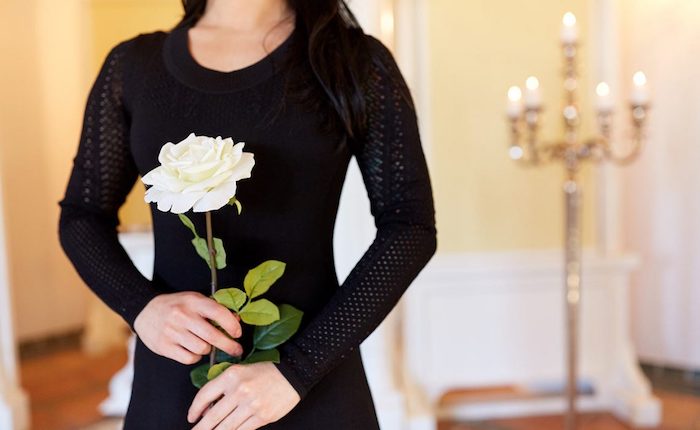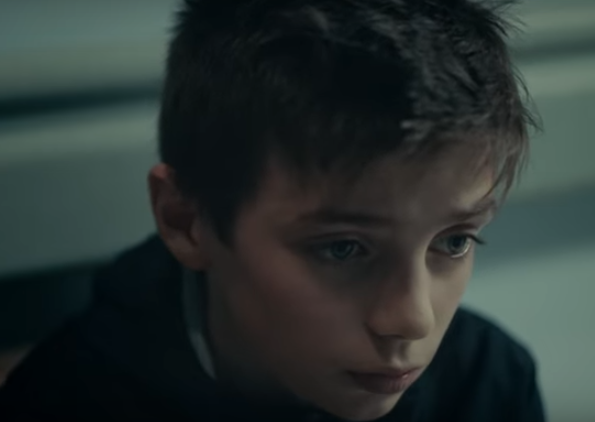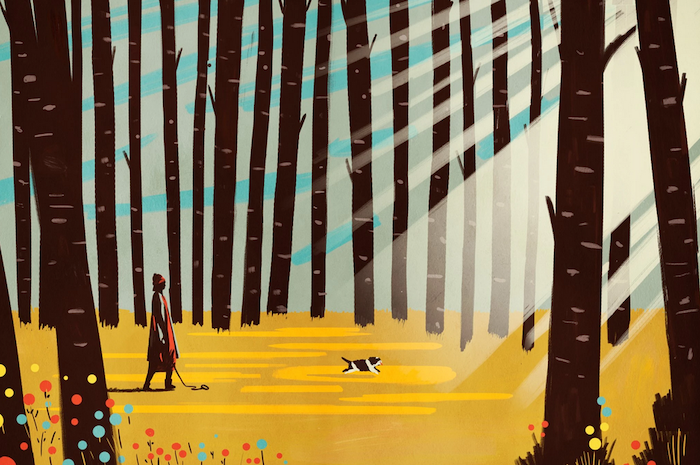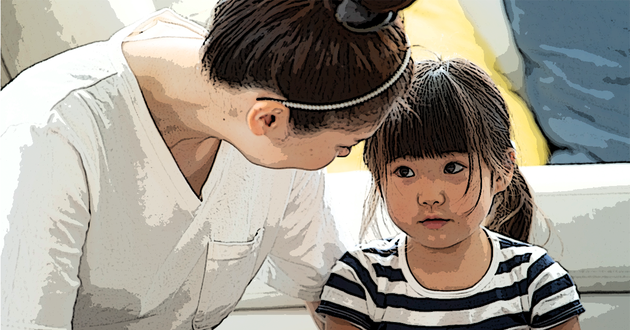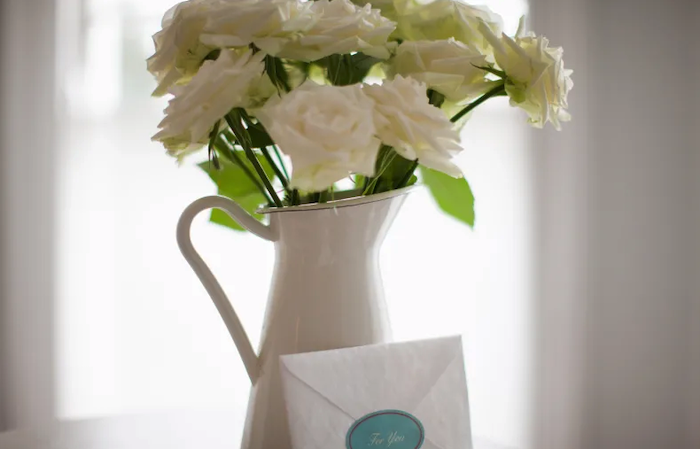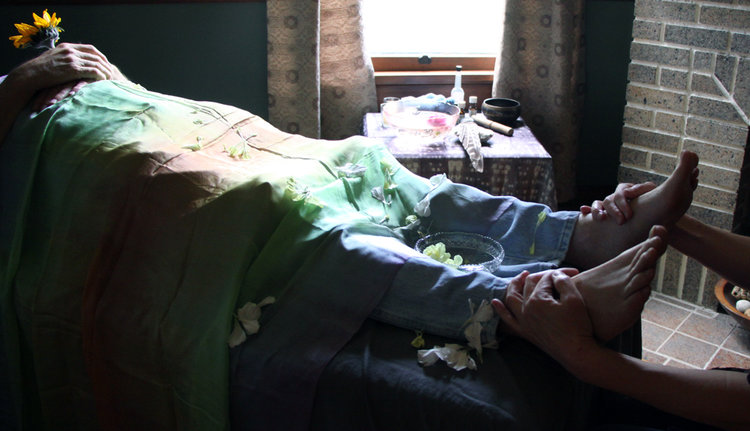Most of us die with deep regrets about how we spent our lives. It sounds very heavy. But if you’d like to have access to your end-of-life wisdom right now, while there’s still time to do something about it, you can. You don’t need to have faced your own mortality to benefit from my experience, and the end of life experiences of many other people just like you. I feel certain you’ll come away feeling much brighter.
In 1995 I got so sick that doctors at St Thomas’s Hospital in London allowed my partner to bring my dog into the hospital ward. That’s how certain medics were that I would be dead by the morning. Both my then partner, Gavin, and my dog, an Irish Terrier called Sam, slept with me for what everyone thought would be my last night.
I got lucky. 25 years later, I’m still alive, with a new partner and new dogs. What a gift. Despite what you may think, the real gift was being forced to face my own mortality at such a young age, because the experience made it possible for me to understand with life-changing clarity what matters most in life.
Before all this happened, I knew that my partner, family, friends, and dog were more important to me than any achievements or possessions. Of course, I knew this – we all know it, right? Rationally this made sense to me. But I didn’t feel it in my gut. I didn’t live it. Like most of us, I was defined by my job and my home. I thought this was how others defined me too.
In his book A New Earth spiritual teacher Eckhart Tolle writes beautifully about how we are all taught from an early age to identify with “doing” and “having.” “I am this potato print” “I am this doll.” Our parents, who were themselves shown love by our grandparents through “doing” and “having,” take us to the zoo, the movies or the ball game; they buy us toys and treats. What we crave, first as children and later as adults, writes Tolle, is “being” -the intimate closeness we feel in the wordless connection we get from touch and scent and looking into the eyes of someone we love. This is “being.”
When I was first told by Doctors who really knew what they were talking about that it was unlikely I would live more than a year, everything I’d done, all my achievements, and everything I’d accumulated, all my possessions, meant nothing to me. Nothing. None of the other noise – the gossip, the grudges; the rivalry or competition- meant anything to me either.
Suddenly, all that mattered to me was this: Who I love. And who loves me.
This is why I was not at all surprised to learn of the hundreds of profound end of life experiences, witnessed by an extraordinary palliative care worker, Bronnie Ware. The dying people she listened to had experienced exactly what I had experienced.
When questioned about any regrets they had or anything they would do differently, common themes surfaced again and again. Here are the most common five regrets which Bronnie noted:
1. I wish I’d had the courage to live a life true to myself, not the life others expected of me.
This was the most common regret of all. When people realize that their life is almost over and look back clearly on it, it is easy to see how many dreams have gone unfulfilled. Most people had not honored even a half of their dreams and had to die knowing that it was due to choices they had made, or not made.
2. I wish I hadn’t worked so hard.
They felt they’d missed out on some of their children’s youth and their partner’s companionship. A lot of men (and some women) talked about this regret. All of the men Bronnie met deeply regretted spending so much of their lives on the treadmill of a work existence.
3. I wish I’d had the courage to express my feelings.
Many people suppressed their feelings in order to keep peace with others. As a result, they settled for a compromised existence and never became who they felt they were truly capable of becoming. Many developed illnesses relating to the bitterness and resentment they carried as a result.
4. I wish I had stayed in touch with my friends.
Often they would not truly realize the full benefits of old friends until their dying weeks and it was not always possible to track them down. It all comes down to love and relationships in the end, Bronnie concludes. That is all that remains in the final weeks, love and relationships.
5. I wish I had let myself be happier.
This is a surprisingly common one. Many did not realize until the end that happiness is a choice. They had stayed stuck in old patterns and habits. Fear of change had them pretending to others, and to themselves, that they were content. When deep within, they longed to laugh properly and have more silliness in their life.
Based on the article she first wrote, Bronnie released a book titled The Top Five Regrets of the Dying – A Life Transformed by the Dearly Departing. It is a memoir of her own life and how it was transformed through the regrets of the dying people she cared for.
The tragedy is that most of us only come to this profound awareness on our deathbed, when it’s too late for us to do anything about it. All we are left with is our regrets.
I can’t tell you how lucky I feel to have been given a diagnosis, mistakenly believed to be terminal, when I was so young. The expected human life span of 83.4 years is 1000 months. Yes, 83.4 x 12 = 1000. Assuming you will live to 100, you can do your own math to figure out how long you have left. However, if you don’t want to die with a lot of regrets:
Live a life that’s true to who you feel you are, not driven by what others expect
Don’t spend so much time ‘at work’
Express your feelings
Keep in touch with your friends
Laugh and be silly
When you too access your end of life wisdom, you will feel that your life is not about your possessions or your achievements. It’s about who you loved and who loved you. So why not get a jump on it and embrace this wisdom and those you love – right now.
Complete Article ↪HERE↩!


